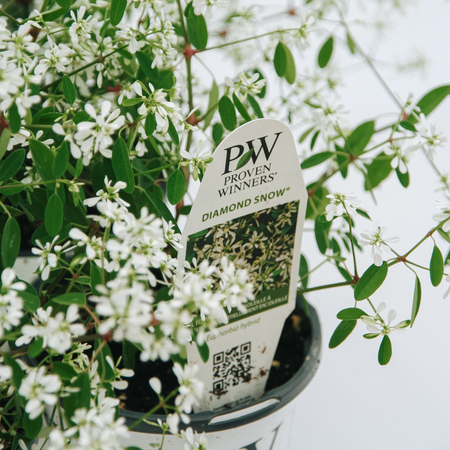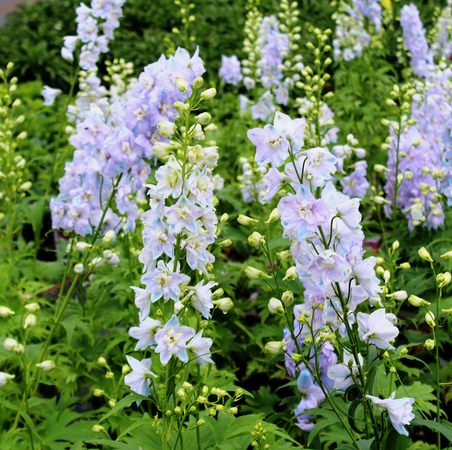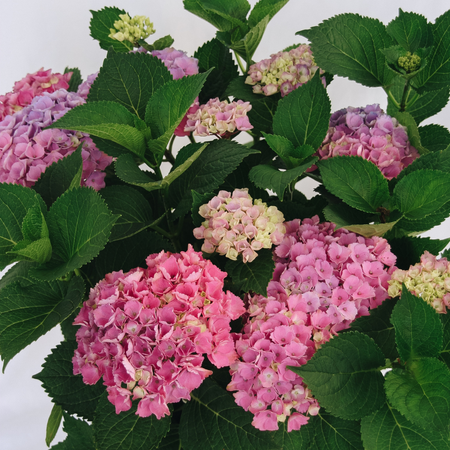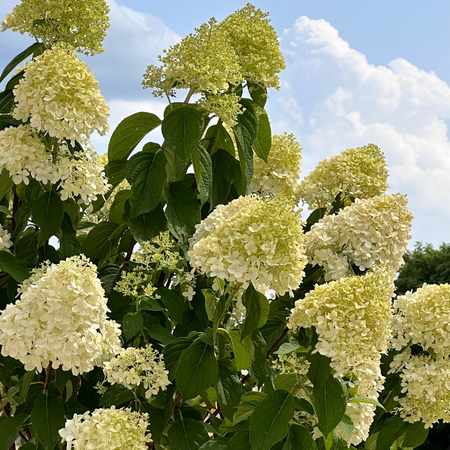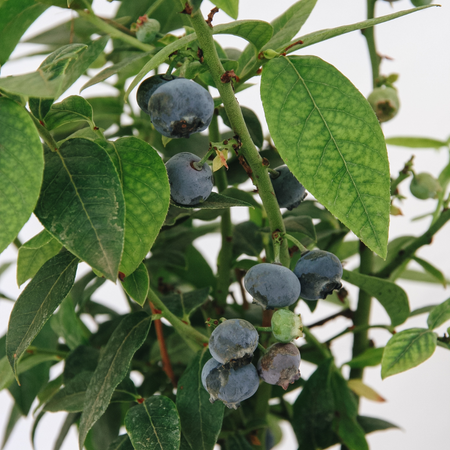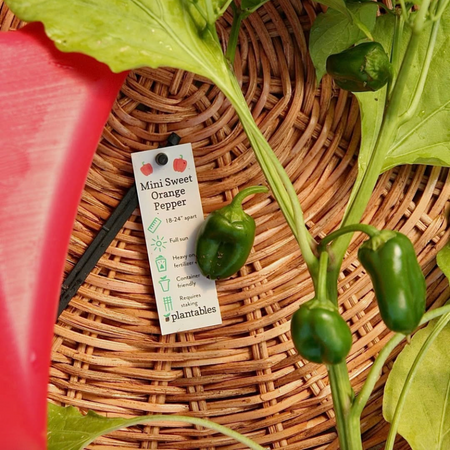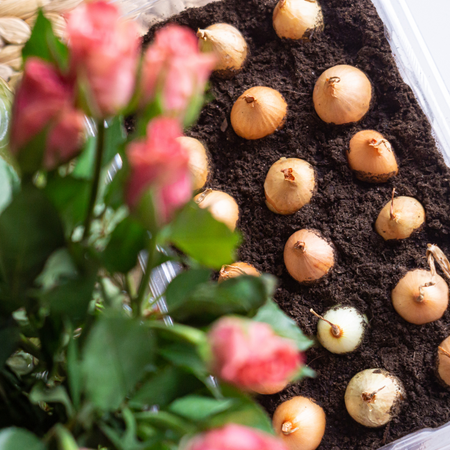Starting a vegetable and herb garden is one of the most rewarding ways to enjoy fresh, organic produce and build a more sustainable and healthy lifestyle. Whether you’re an expert gardener or a beginner, growing your own food is an easy and fulfilling process, and here’s how to get started.

Choose The Right Location
The success of your garden begins with choosing the ideal spot. Vegetables and herbs typically require 6-8 hours of sunlight, good drainage, and protection from strong winds.
Ensure that they are planted in a location that gets plenty of direct sunlight, avoid areas where water may pool after it rains, and find a sheltered section to prevent these delicate plants from damage. If space is limited, consider container gardening or raised beds.
Plan Your Garden Layout
Before planting, it is best to decide on which vegetables and herbs you want to grow. With so many great options to choose from, it’s easy to get overwhelmed or begin growing plants that will soon be forgotten. To avoid this, consider your diet, your hardiness zone, and companion planting options.
It’s best to start with vegetables and herbs that you frequently use (think ones that are in your ingredients consistently and enjoyed on a daily to weekly basis). Some popular favourites include tomatoes, peppers, basil, or cilantro. Your hardiness zone may also influence your decision, as it is best to choose plants that thrive in your region. Finally, understanding and using companion planting is useful to make gardening easier, more efficient, and more rewarding. Many plants benefit each other in various ways when grouped together, such as basil and tomatoes.
The Best Beginner Plants
If you are new to gardening, it may also be best to begin with easier vegetables and herbs until you are comfortable and prepared for others. Choosing plants that match your climate, soil type, and available space is also important to recognize. For beginners, some great plant options include:
- Lettuce, spinach, and kale
- Tomatoes and peppers
- Basil, parsley, and chives

Prepare The Soil
Healthy soil is the foundation of a productive garden. To prepare, add compost, aged manure, or organic fertilizers to enrich the soil. Remove any rocks and debris to ensure space for healthy growth, and till the soil 6-12 inches deep to give the roots space to mature. If you are a more experienced gardener, you may use a soil testing kit to determine pH levels and nutrient contents to better understand the soil and prepare it for growing.
Planting
One of the best steps in the process is planting your garden! Be sure to check spacing requirements, plant at the correct depth, and water immediately after planting to ensure a healthy start for your growing plants.
Proper Care
After planting, attentive care to watering and fertilizing is a vital step in ensuring your plants succeed. Consistent watering is essential for healthy growth and the right watering routine can drastically change how your plants bloom. For your plants to get the most out of watering, water them early in the morning, as this reduces evaporation and allows time for the plants to absorb the water before the heat of the day steals most of the moisture away. Adding a layer of mulch can also help to retain moisture and regulate soil temperature, so placing this around your plants can help them stay strong in the warmest seasons. When watering, water deeply to encourage roots to grow downwards for the most nutrients and water access.
Using organic fertilizers every 2-4 weeks during growing season can help your plants thrive, as long as you avoid over-fertilizing. One affordable and easily accessible organic fertilizer option is compost tea!
Don’t forget to weed your plants frequently, keep an eye out for pests, and prune and harvest as produce grows to ensure the best care and results. If you notice pests, using natural remedies such as neem oil or insecticidal soap are the best options to remove them and mitigate return.

Trying New Things
Once you’ve mastered the basics and found more comfort and routine with your garden, you can begin to try new things! Challenge yourself to try planting new varieties of vegetables and herbs, preservation methods to keep your harvest, vertical gardening techniques for small spaces, and expanding your edible garden to adding fruit trees and shrubs! In addition, you can explore planting companion flowers such as marigolds to attract pollinators, deter pests, and add more colour and warmth to your vegetable and herb garden.
